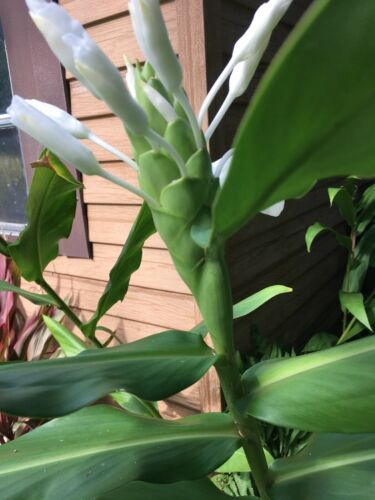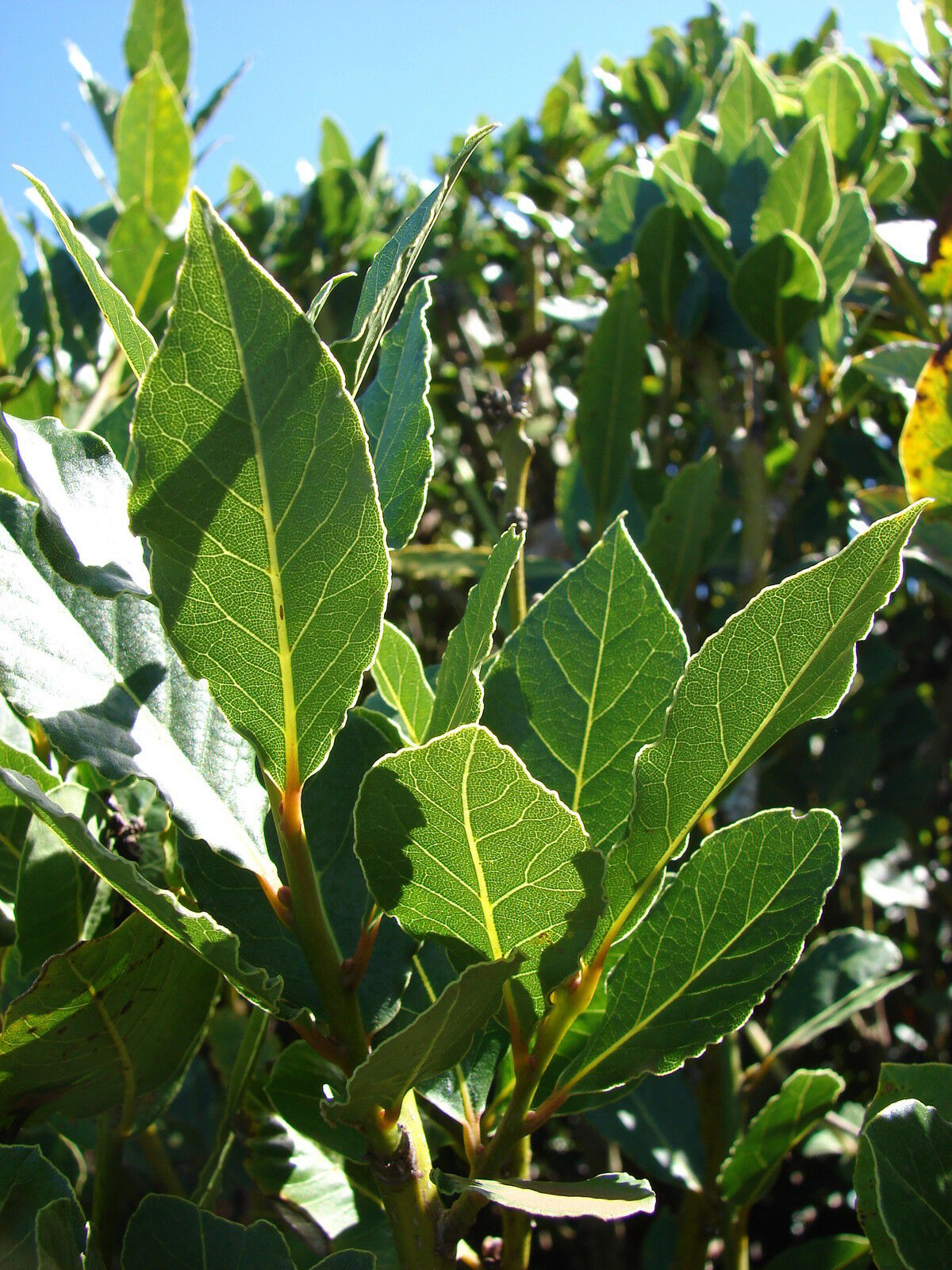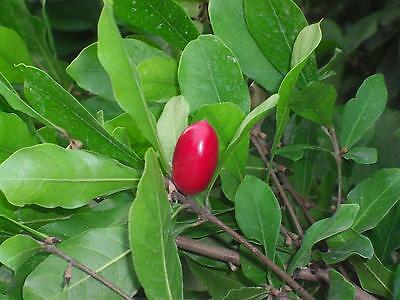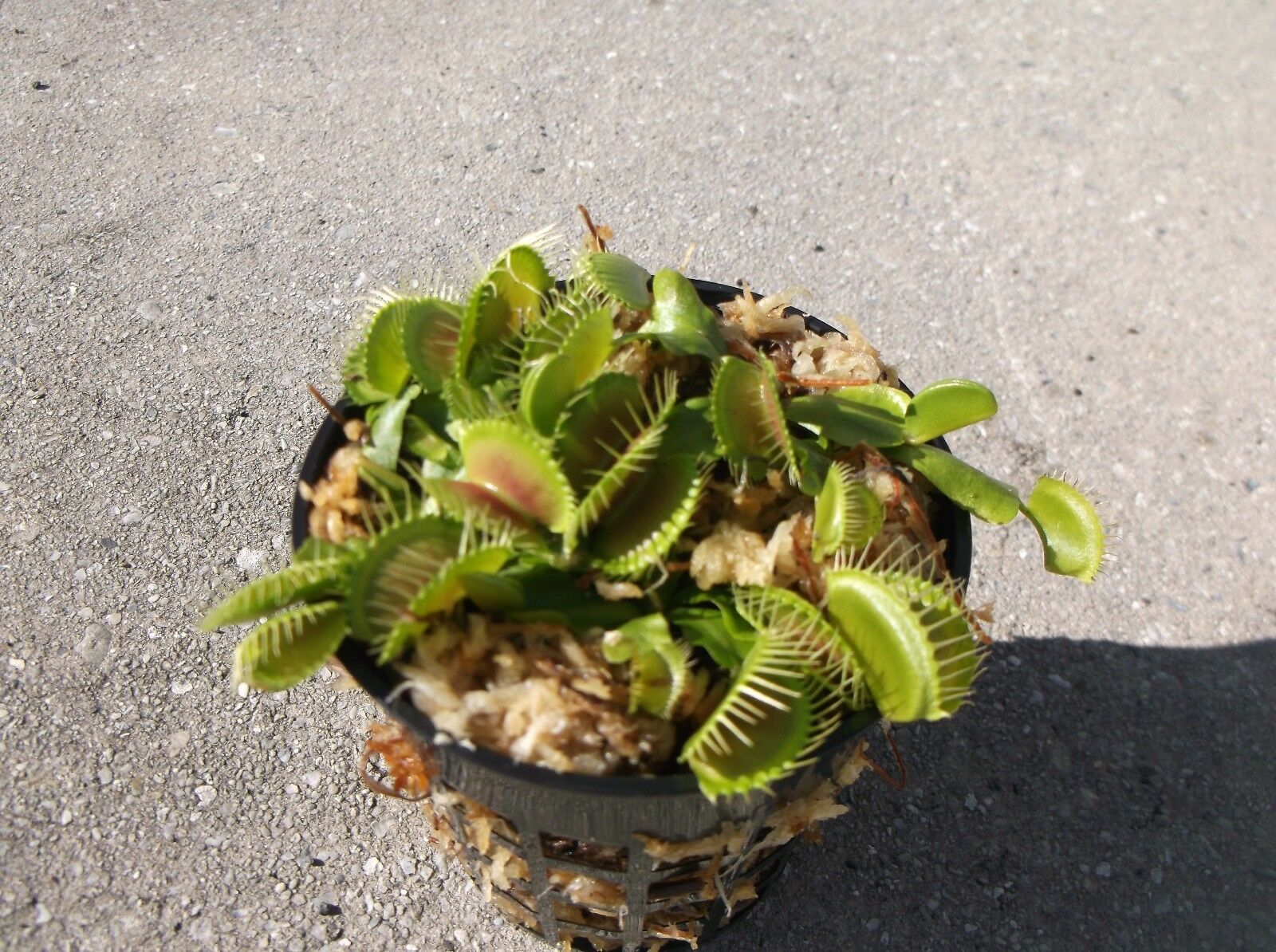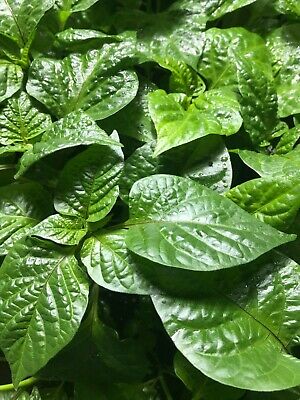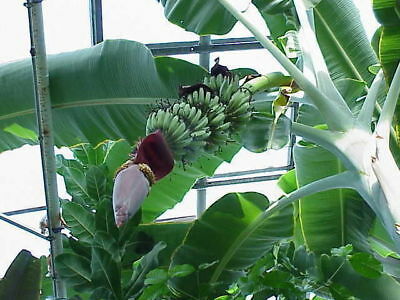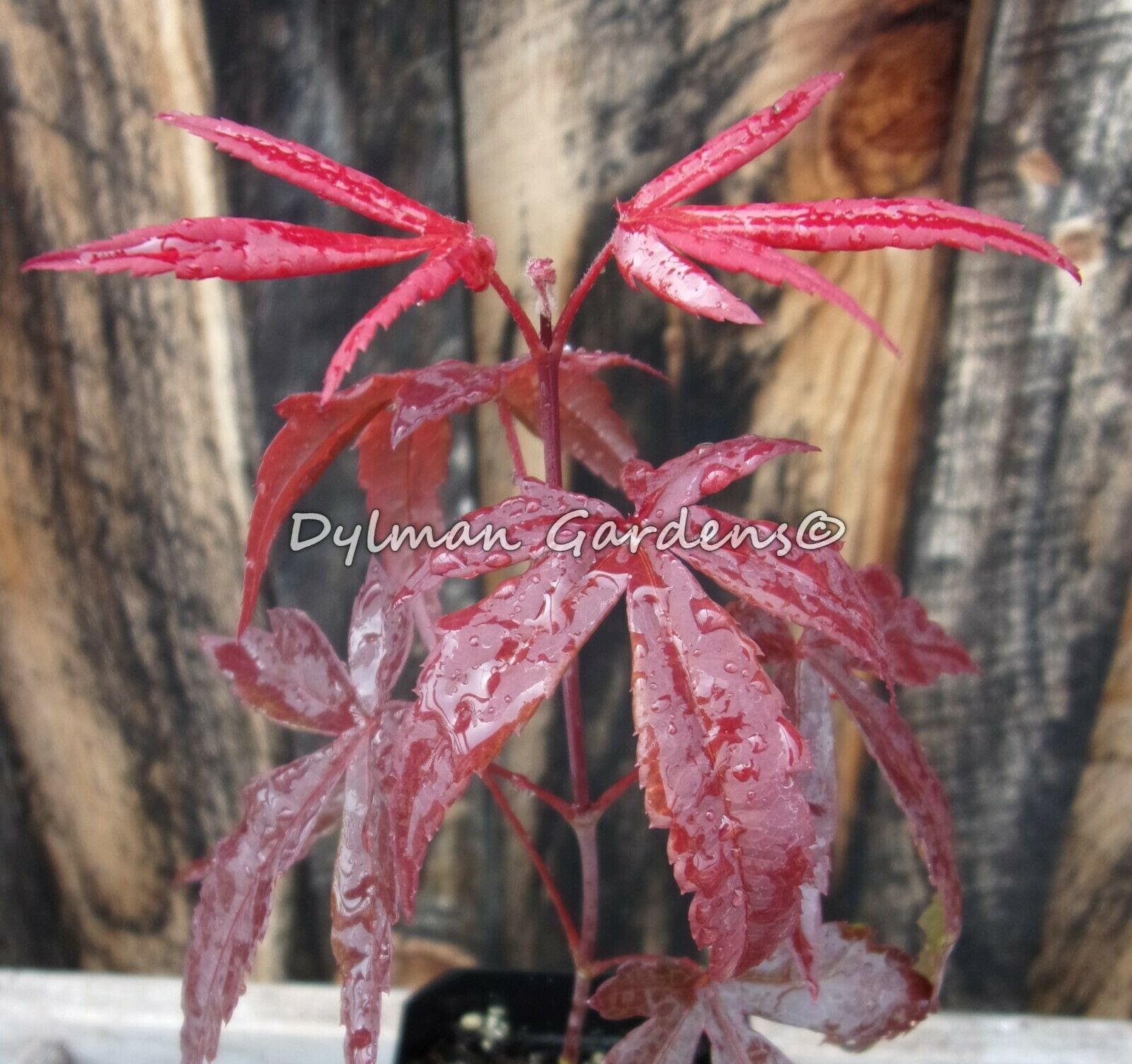-40%
1 White Butterfly Ginger Lily Plant - No Pot Very Fragrant - Hummingbirds
$ 3.69
- Description
- Size Guide
Description
1 White Butterfly Ginger Lily Plant - No Pot . 8+” tall . Very Fragrant - Hummingbirds. Shipped with USPS First Class Package.Planting Ginger Root
When you get the rhizomes home, cut or break them into pieces about 2 inches long. Let the cut pieces rest on the kitchen counter for a few days, so the wounds can callous over before planting (otherwise you risk having the rhizomes rot soon after planting).
Before you’re ready to plant the rhizomes, soak them in tepid water for a few hours. Then plant the rhizome pieces horizontally, 2 to 3 inches deep in a pot of sterile, high-quality potting soil. If any of the growth nodes are sprouting green, make sure the green sprouts are facing up. Plant three to four rhizome pieces in an 8-inch-diameter pot; four to six rhizomes in a 12-inch-diameter pot; etc. The rhizomes should not touch each other in the pot. That way, if once piece should develop rot, it won’t spread to the others.
After watering in the pots, put them on a seedling heat mat to raise the soil temperature and speed growth. Put the pots under grow lights or in a bright window if you don’t have a grow light system.
Subscribe now
The ginger roots should sprout new growth within a week or two. Keep them watered, but not constantly saturated, which could lead to rot. When the sprouting leaves reach an inch in height, remove the heat mat.
Transplanting Your Starts
When growing ginger root, you can leave your ginger plants in their pots, or transplant them into the garden. In the spring, when the danger of frost has passed, the pots can be moved outdoors and placed in a partially shaded spot in the garden. Choose a spot with full sun in the morning and dappled shade later in the day.
Every few weeks, use an organic liquid fertilizer to feed your growing ginger plants. They’ll put out lots of lush, new leaves all summer long, each of which will reach about two to three feet in height.
Ginger plants are really quite lovely. Their tropical foliage adds a lot of interest to the garden. If your ginger is planted in the ground, water it whenever you water the rest of the garden. If your ginger is growing in pots, avoid allowing the plants to dry out.
Harvesting Ginger
Harvesting takes place in late summer or early fall, before the arrival of the first frost. To harvest homegrown ginger, dig up the plant, brush off all the soil, cut off the foliage, and crack the roots into pieces. Larger rhizomes can be used for cooking, but save the smaller ones for replanting next year. You can store them in a dark, cool place for the winter (much like you’d store a harvested potato).
Ginger plants have a growth cycle of 10 months (meaning the plants shift into a natural dormancy at that time). If you’d prefer to delay your harvest by a few months, move any pots of ginger you have into the house before they’re touched by frost and grow them as a houseplant. In mid-winter, the leaves will yellow and die back, signaling that it’s time for you to harvest their roots.
Growing ginger root of your own is a fun and delicious project. And, if you want another great project, try growing your own turmeric, too.
Plant in a Large Container
Ginger is a heavy feeder and an even heavier drinker that needs a lot of room to grow. Given the space, a chunk the size of your thumb will easily grow to fill a 2-gallon pot over the course of about six months. Choose a pretty container with good drainage holes and a deep saucer.
Use well-draining, fertile soil with plenty of coir. Gently place your pre-sprouted rhizome on top of 4 inches of soil and bury all but the sprout tip. Place it in a warm, sunny window or in a sunny, sheltered spot outdoors where temperatures range 60 to 90 degrees.
Like Irish potatoes, ginger rhizomes will burst through the soil and turn green in the sun. Commercial growers boost yields by watering regularly and hilling the rhizomes once a month. To achieve the same result at home, water weekly with organic plant food and once a month sprinkle several inches of rich compost into your pot, protecting the rhizome itself from solar exposure.
Harvest
Hold the greens at their base, where they emerge from the soil and lift the entire rhizome. (This is a good project to do outdoors over an old newspaper or drop cloth.) Snap off a chunk of the rhizome, then place the rest of the plant back in its pot, sprinkle on more potting soil or compost, water heavily, and treat it gently for a few days. Like any fragile transplant, protect it from glaring sunlight and wild temperature swings for a few days while it recovers.




